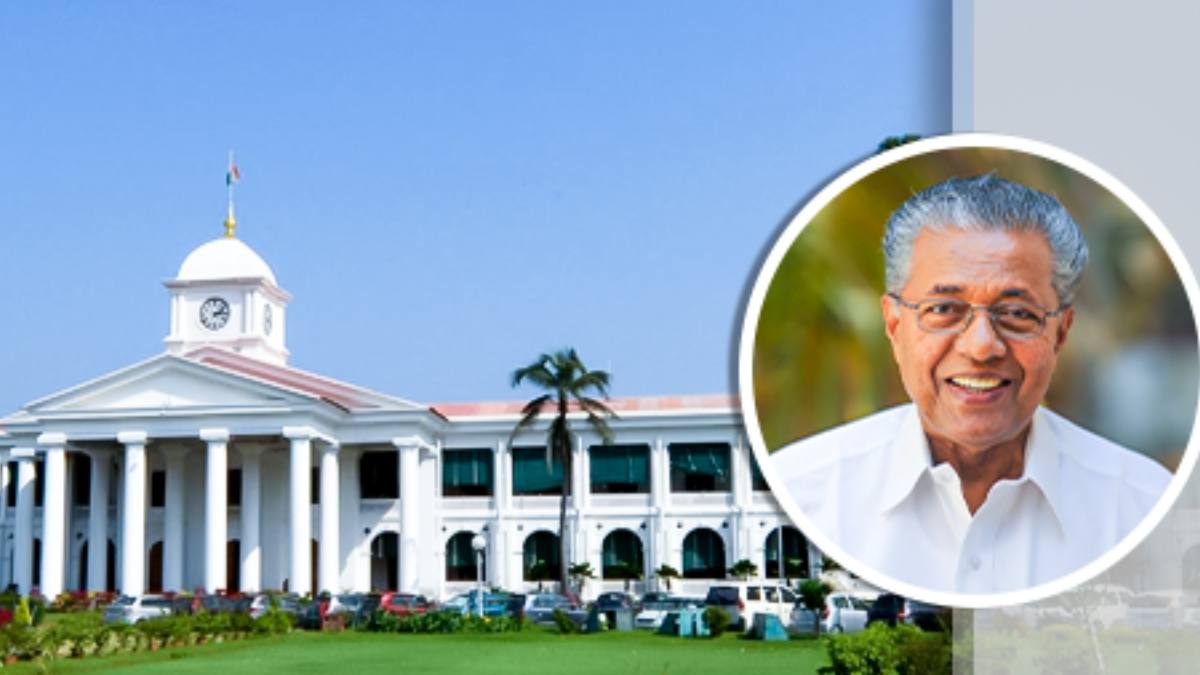The proposal, put out by Kerala’s chief minister, Pinarayi Vijayan, was approved by all. The Union Ministry of Home Affairs must give its consent before a state’s name can be changed. A motion requesting that the state’s name be changed to “Keralam” in the Constitution and all official records was approved by the Kerala Assembly on Wednesday.
The motion, which was proposed by Chief Minister Pinarayi Vijayan, was approved without dissent by the Congress-led opposition.
The resolution read, “Keralam is the name of our state in Malayalam. On November 1, 1956, states were created based on linguistic characteristics. Kerala Formation Day is also observed on that day. Ever since the days of the liberation movement, there has been a strong call for a unified Kerala for all Malayalam-speaking people. However, Kerala is how our state’s name appears in the Constitution’s first Schedule. In accordance with Article 3 of the Constitution, this Assembly unanimously requests that the Union Government take urgent action to rename the state Kerala.
Origin of the names
The name “Kerala” is the subject of numerous theories as to its origin. The Rock Edict II of Emperor Asoka, written in 257 BC, is the first epigraphic record to mention Kerala. The inscription refers to the local ruler as Keralaputra (Sanskrit meaning “son of Kerala”) as well as “son of Chera” (relating to the Chera dynasty).
Scholars speculate that the name “Keralam” may have come from the word “Cheram”.
Understanding Kerala’s struggle between humans and elephants is also explained in the first Malayalam-English dictionary was produced by Dr. Herman Gundert of Germany. He noted that the word “keram” is the Canarese (Kannada) version of “cheram,” and he referred to Keralam as Cheram, the area between Gokarnam and Kanyakumari. It’s possible that the word’s meaning derives from the root “cher,” which means to unite. The compound word “Cheralam,” where “alam” stands for “region or land,” clearly conveys this concept.
Demands for the Modern State
The Malayalam-speaking population had lived under the control of numerous monarchs and princely states in the area. The Aikya (united) Kerala movement gained traction, and the need for a distinct state for Malayalam-speaking people emerged in the 1920s. It was intended to unite the lands of Malabar, Kochi, and Travancore. The freedom movement served as inspiration for the Keralites to demand integration because they shared the same language, shared cultural traditions, and were bound together by a shared history, rituals, and customs.
The state of Kerala after 1947
A significant milestone in the development of Kerala as a state after Independence was the merger and integration of princely states. The two states of Travancore and Kochi were united on July 1, 1949, becoming the Travancore-Cochin State. The State Reorganisation Commission of the Union Government advocated Kerala’s establishment when it was decided to reorganise states on a linguistic basis. The district of Malabar and the taluk of Kasargod were suggested for inclusion in the Malayalam-speaking people’s state by the Commission headed by Syed Fazl Ali. It also suggested leaving out sections of Shenkottai and the four southern taluks of Travancore, Tovala, Agastheeswaram, Kalkulam, and Vilayankode (all of which are now a part of Tamil Nadu).
Kerala became a separate state on November 1, 1956. The state was referred to as Keralam in Malayalam and as Kerala in English.
How does one go about renaming a state in India?
The Ministry of Home Affairs (MHA) of the Centre must give its consent before changing a state’s name, unlike when renaming cities. As a result, a constitutional amendment is required to bring about this change.
The state government must first make the suggestion. After receiving No Objection Certificates (NOCs) from a number of organisations, including the Ministry of Railways, the Intelligence Bureau, the Department of Posts, the Survey of India, and the Registrar General of India, the Union Ministry of Home Affairs (MHA) subsequently assumes control and grants its approval.
If the proposal is approved, the resolution, which was presented to Parliament as a Bill, becomes law, and the state’s name is changed.
